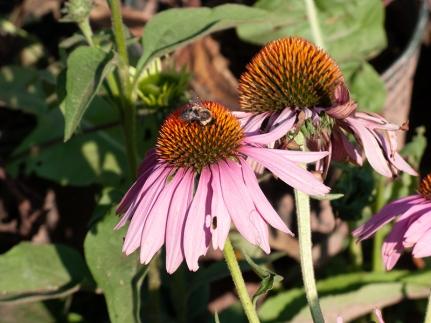
5 minute read
Environmentally Responsible
by Alex Morrison Want to optimize your landscaping investment? Using the correct native plants in their appropriate habitats will turn your garden into a living organism, capable of restoring ecological health to your property, once and for all. Here are some tips to get you started.
When you head to your local garden center next spring, be a tad suspicious of the showiest selections. The majority of these trendy plants are non-native, ornamental species that may not be suitable or ecologically beneficial to your property. If you want to build a self-sustaining, ecologically appropriate landscape that will save you time and money every year, start by selecting native plants and putting them where they belong.
Advertisement
Native plants are local species that have existed naturally in a specific environment before agriculture, urbanization, and other interventions altered the landscape. These plants evolved and thrived in the unique conditions present in their habitat, and they support local wildlife - including the pollinators we so desperately need.
However, some plants labeled “native” in garden centers are not always locally native. A plant that is indigenous to Colorado wouldn't be considered an appropriate choice for a Pennsylvania landscape, even if that Heirloom Coreposis has a “native” sticker on the container. Yes, it is native, but not to us in the Northeast.
Therefore, careful plant selection is the first step to starting a healthy, selfsustaining landscape. There are approximately 2,100 native plants in Pennsylvania - quite a variety! Species native to us in the Mid-Atlantic, like wood asters, goldenrods, and so many others, are already attuned to our landscapes and will easily take root. The best part is that you might already have some native species hiding on your property. Identifying them with books like Newcomb's Wildflower Guide can be the first step in crafting a suitable plant list. You can also check your selections by searching them on the USDA's PLANTS database.
Once you have your native plants, you're presented with the second dilemma: where to put them? Placing a Rudbeckia hirta (Black-Eyed Susan) in a shady, moist site is not going to last very long. It is a myth that some plants “just die.” Plants perish because they were not meant to live in that particular location, whether that means they got too much water, not enough sun, or that the soil had too much clay. Always consider the three prime factors before you sink that spade: water, sunlight, and soil. Try a sunny, dry spot with well-draining soil for your Rudbeckia - it will love you for it! Clearly, careful plant selection and location scouting is not just gardening - it is restoration. Consulting with local experts and reliable resources will help to inform you where to place your new plants.
Investing in a backyard full of native species will allow for ecosystem processes that cannot be achieved with simple lawngrass or ornamentals. The native plants themselves will positively alter the landscape as they establish in their proper habitat. Microorganisms in the soil will benefit from the carbon sourced from the plants; the microorganisms will send essential nutrients back to the plant; the plant will feed pollinating insects; pollinating insects and seeds from the plant will feed the birds; and birds will disperse the seed and fertilize with their waste. In other words, we all have the power to catalyze our own backyard habitat restoration for good! And it starts with the right native plants in the right spots.
Navigating native plant selection and planting can feel like a daunting task, but once the landscape is established, it will last a lifetime with little to no intervention. WildLawn is a local ecological landscape design-build company interested in helping you restore your piece of the planet. You can find them @wildlawn on Facebook and Instagram, or at contact@wildlawn.com for help getting started.
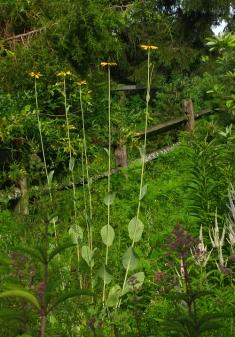
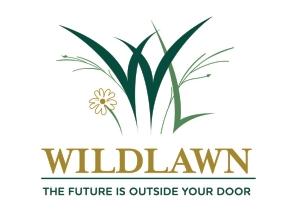
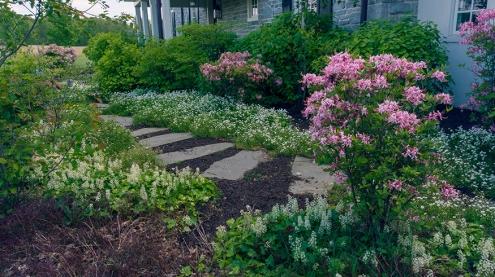
610.896.BUGS 215.229.BUGS (2847)
P.O. Box 721 Ardmore, PA 19003
Termite & Pest Management A Limited Liability Company service@dalypest.com DALYPEST.COM
& Classics& & Classics Classics
uto epair nd erviceA R A S 223 S. Henderson Road, King of Prussia, PA 19406 610 265 1215- -
Jeff
The NO Gimmick Shop! Jeff.DeSimone@Comcast.net Over 35 Years of Experience
Auto & Classic Repairs Computer Diagnostics State & Emissions Inspection
KING SHOOTERS SUPPLY
RANGERANGE & T & TRAINING RAINING C CENTER ENTER
INDOOR RANGE 7 lane 15-Yard with real life distances for your Handgun, Rifle, and Shotgun shooting practice.
New Shooter Lessons, Cleaning Classes, Utah Concealed Carry Permit, Tactical First Aid, Defensive Pistol, Home Defense Handgun, Reloading, RLEIA Handgun Qualification, Act 235, Shot Tec Simulator, Tactial Sporting Rifle, Women on Target, USCCA, Law Seminars
Guns, Ammunition, Cleaning Supplies, Holsters, Cases, Magazines, Reloading Supplies including PC Bullets & Better Bullets manufactured on-site, Silencers, NFA Items - Silencer Shop Kiosk!
MEMBERSHIPS AVAILABLE!
RANGE RENTAL COUNTER! INSTRUCTOR / LESSONS & CLASSES
GUN STORE
GUNSMITHING ON-SITE We Buy Guns—Buy-Sell-Trade Licensed by Federal, State, and Local Government Your Local Source Since 1994 · Deal with Us, Deal With Confidence
346 E CHURCH RD, KING OF PRUSSIA PA 19406 610-491-9901
MONDAY—FRIDAY 10AM-8PM, SATURDAY 10AM-6PM, SUNDAY NOON-6PM
Rooster
Realty Group,LLC
John B. Jacques, CPM® Broker of Record
RESIDENTAL · COMMERICAL · SALES LEASING · PROPERTY MANAGEMENT
267-970-5375 Cell 133 Ivy Lane 484-393-4361 Office King of Prussia, PA 19406 484-334-2416 Fax
jjacques@roosterrealtygroup.com www.roosterrealtygroup.com
PAINTLESSPAINTLESS DENTDENT REPAIRREPAIRPAINTLESSPAINTLESS DENTDENT REPAIRREPAIR
AT
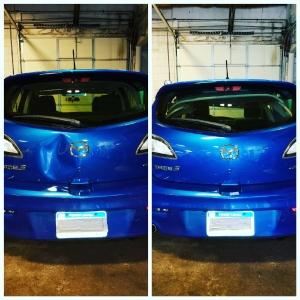

FRANKLIN MAPS DONE IN AS LITTLE AS 20 MINUTES!DONE IN AS LITTLE AS 20 MINUTES!DONE IN AS LITTLE AS 20 MINUTES! SCHEDULE TODAY!SCHEDULE TODA SCHEDULE TODAY!SCHEDULE TODAY! NO PAINTING REQUIRED!NO P NO PAINTING REQUIRED!NO P
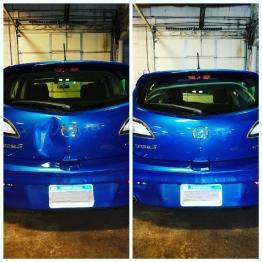
Before...
610-256-6447333 S. Henderson Rd., King of Prussia 333 S. Henderson Rd., King of Prussia610-256-6447





